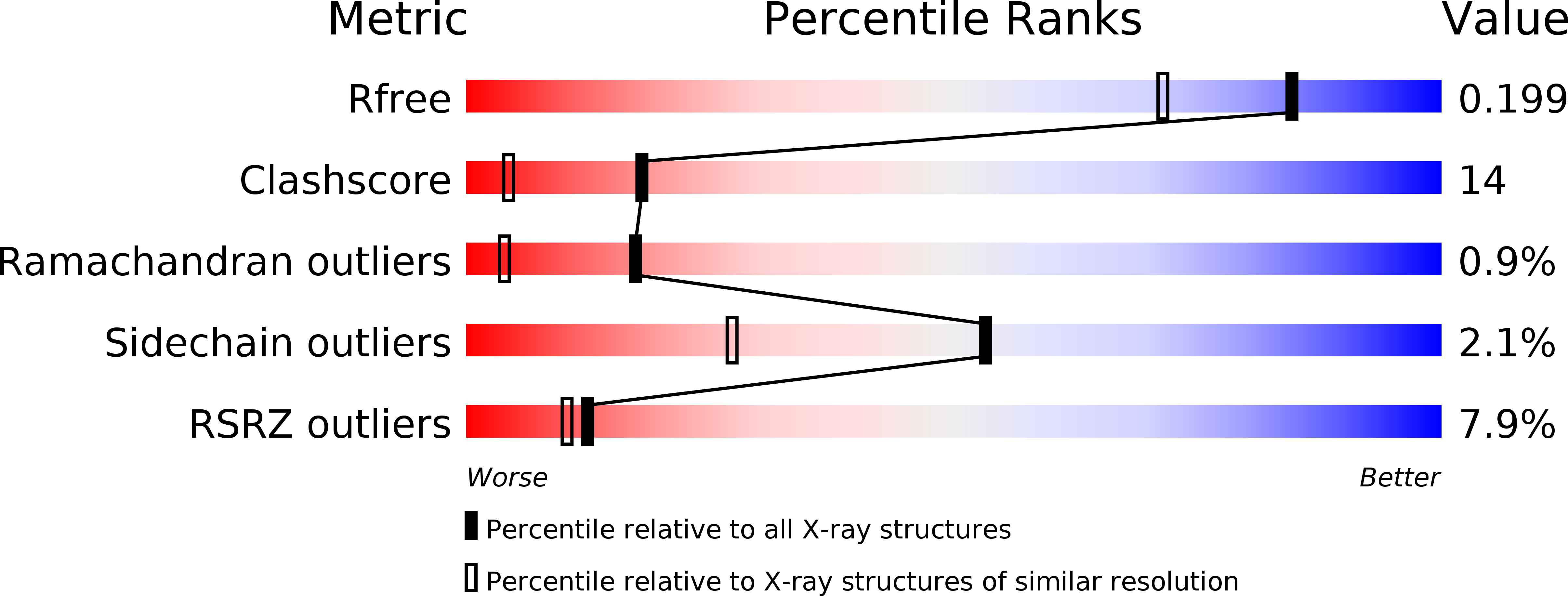
Deposition Date
2005-07-17
Release Date
2006-01-10
Last Version Date
2023-10-25
Entry Detail
PDB ID:
2ABW
Keywords:
Title:
Glutaminase subunit of the plasmodial PLP synthase (Vitamin B6 biosynthesis)
Biological Source:
Source Organism:
Plasmodium falciparum (Taxon ID: 5833)
Host Organism:
Method Details:
Experimental Method:
Resolution:
1.62 Å
R-Value Free:
0.18
R-Value Work:
0.15
R-Value Observed:
0.15
Space Group:
C 1 2 1


